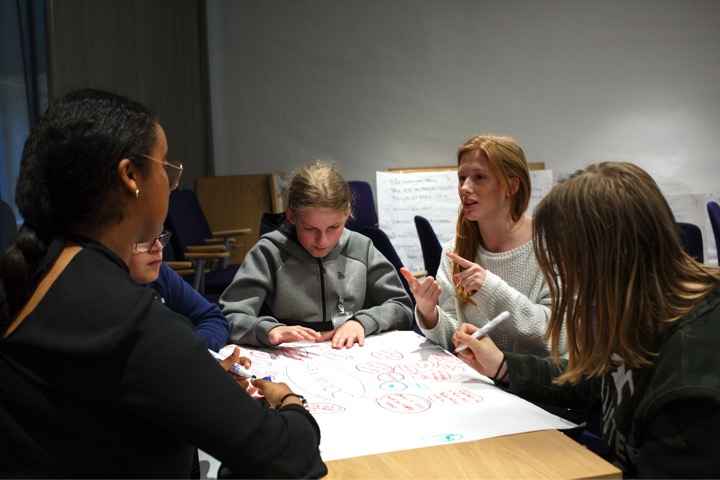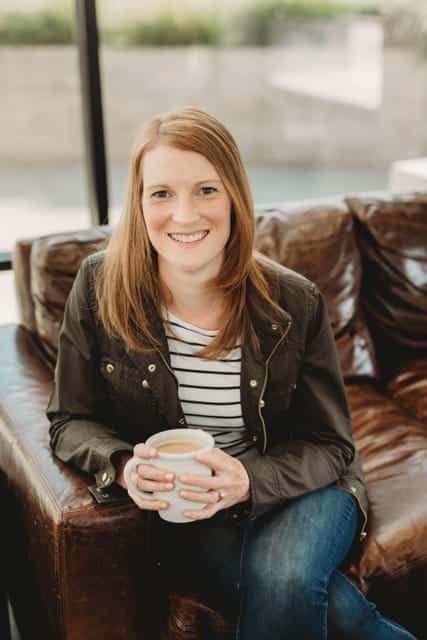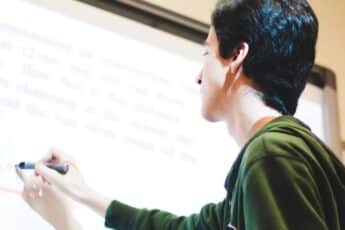Whether you’re teaching Leadership class or advising your school’s student council, the first few back-to-school days matter a ton in setting up the rest of the year for success.
There are so many things you need to do after a few icebreakers, but where do you begin? Especially if some (many?) are new and the first pep assembly is right around the corner.
Overwhelm is easy to feel! But I promise, with a few intentional activities, you and your student leaders will be off to a great start!
Every year, I change up the exact line-up of lessons since I have many students in Leadership again the next year, but there are a few I always include.
These 5 are my must-do activities. They will create a strong foundation and kick-start the year with your student leaders!
If you want them (plus a bunch more!) in a ready-to-go unit, scroll down to the link to my shop.
1. Lead a deeper icebreaker
Once everyone’s learned names, do an activity that digs a little deeper. I call these “ice warmers” because they create just a bit of vulnerability and help deepen connections among students.
My favorite one to do that first week of school I call My High Five.
Students trace their hands or use a printout of one. Let them decorate it, putting their name or a picture representing them in the palm area.
Then have them write five things down, one on each finger. Feel free to pick whatever 5 things you’d like students to write, but here’s what we do:
Thumb: Who do you most admire as a leader?
Pointer: How do you want to grow this year?
Middle: Who here is a great asset to our group?
Ring: Who here are you most excited to get to know?
Pinky: What’s the best asset that you bring to this group?
Depending on the size of your group, have students share out all five or just a couple items. Afterward, post the hands on the wall to serve as a reminder.
These hands are fantastic to revisit later as part of an end-of-quarter or semester reflection.
2. Familiarize with your School
Create a quiz of all the information your Leadership or Student Council members needs to know. Include everything from the key people on campus, the location of essential things, and basic school facts.
This isn’t a graded quiz but, rather, a fun way to share the information. Create mixed groups, like one student from each grade level, to work together on the quiz. You can even offer a small reward for the first group to get all the questions right.
I organize everything into Who, Where, What, and Why questions.
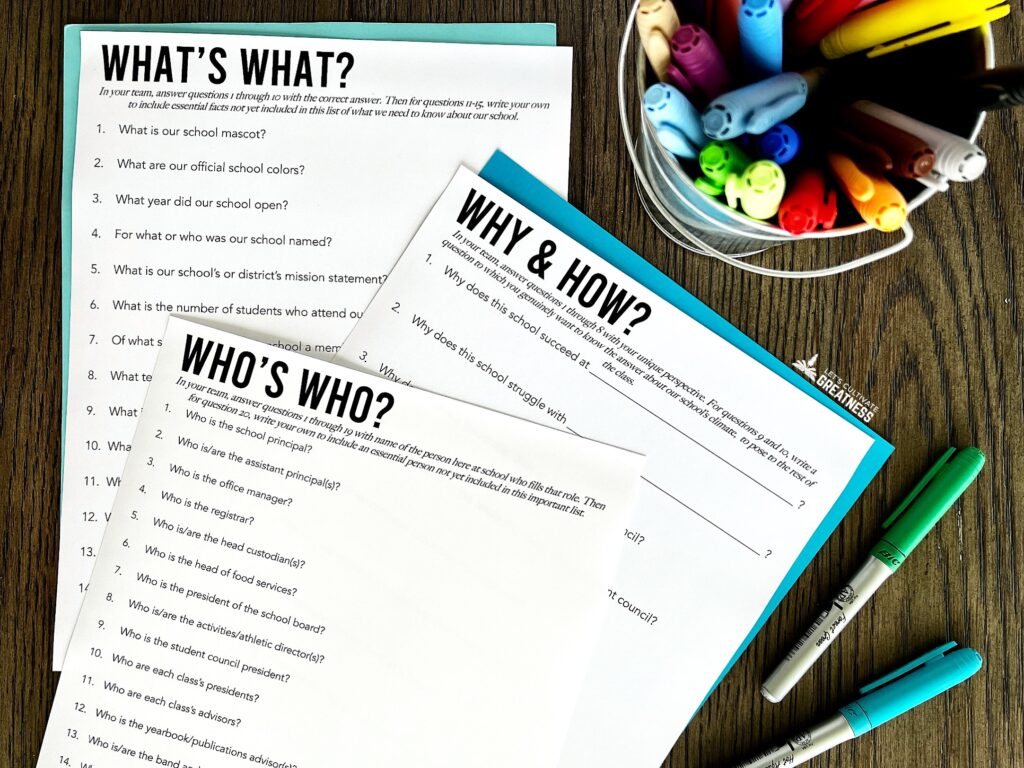
Here’s a few I put on my quiz:
Who is the president of the school board? The school’s student government secretary? Head of food services? Each class’s president?
Where are the forms located for planning assemblies? The calendar and announcements for upcoming events? The audio and visual equipment stored?
What are our school’s official colors? The sports league to which we belong? The school or district’s mission statement?
Why is our school really good at…? Not so great at…? Known for…? Does our school struggle with…?
Afterward, review the Who, Where, and What answers. Then have a deeper conversation with the Why questions.
3. Write a mission statement
After some relationship building and review of essential school information, the third must-do is to create a leadership class or student council mission statement for the year.
Place students in small groups to pencil out a few broad hopes for the group. I like to use the word hopes so they stay more general (be a positive force in the school) rather than specific-action oriented (host more assemblies).
Have groups share one hope each, going in rounds until they’ve shared all they have. Record them on the board. I always share how I hope our group is inclusive of everyone at our school.
This is when I like to share corporate examples from brands they know. Some are straightforward in what they do; some are vague and aspirational. Some are catchy and feel customer-facing, others more functional and seem to be employee-facing.
For your group, a mission statement that’s straightforward, functional, and a bit aspiring is going to be the best kind.
Then I post this template for each small group to draft a mission statement that best captures everything written on the board.
In order to… <overall broad hope>, we <verb> …. <2-3 specific goals to get to get there>.
My only requirement is that the word “inclusive” (or some variation) be in there. That’s my non-negotiable as their teacher and advisor.
After several minutes, groups share out their drafts. We then merge them into a collective draft on which we agree.
If it’s grammatically a little clunky, ask a few students to polish it up, then present it to the class for a final vote.
After there’s a consensus on the final draft, have a student write it out neatly on a poster for everyone else to sign (including you!). Laminate it and post it on the wall.
Now, you can point to it at any time and ask, “Does this match our mission?” or “Is that being inclusive to all students?” It totally re-frames the conversation from you vetoing their enthusiasm to you challenging them to uphold their mission.
4. Partner with your principal
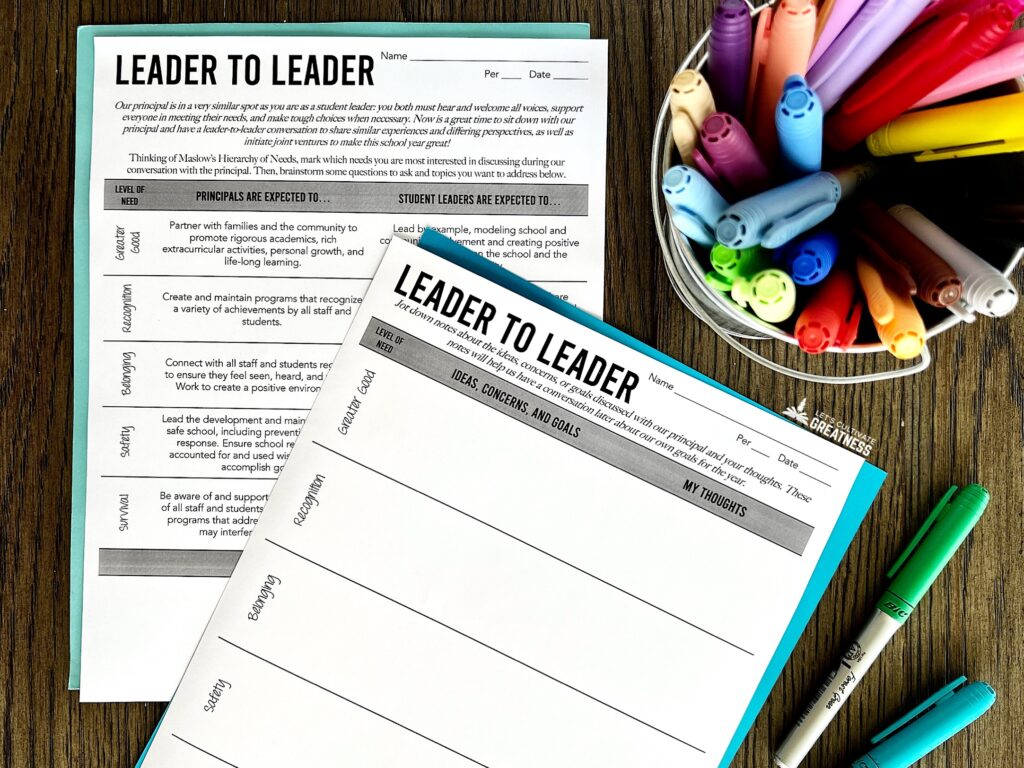
After students have committed to their mission statement, brainstormed things they want to accomplish, and penciled out the year’s calendar, there’s one more important thing I have my students do before we truly begin the year.
Ask your principal for 30 minutes of their time during one of your classes. It’s important for your students to meet with them more intimately, breaking the ice a bit as well as connecting leader to leader.
Prepare students with having their mission statement ready to share, ideas of projects and events they want to do this year, and questions to ask them.
It’s essential for every one of your student leaders to feel comfortable going to their principal with a great idea or troublesome concern. This is a great way to initiate that relationship.
5. Complete a Kindness Project
The final thing we do as a class before jumping into our regular event-planning mode (hello , Homecoming!) is a Kindness Project.
Even if you only have a week before planning the fall sports pep assembly, it’s crucial to fit in a small whole-class project to apply all the team-building work you’ve been doing.
Funneling all that positive energy formed from these first activities to a successful project will set them up for success all year long.
And from an advisor position, you want your group to go through all the steps of project management on a small scale first before large events, like Homecoming week!
I introduce the Kindness Project as having only one goal: to spread kindness to the entire school. Students have total ownership in brainstorming, planning, executing, and reflecting on a project.
For ideas to get the brainstorming juices flowing, check out this blog of 13 Kindness Project ideas.
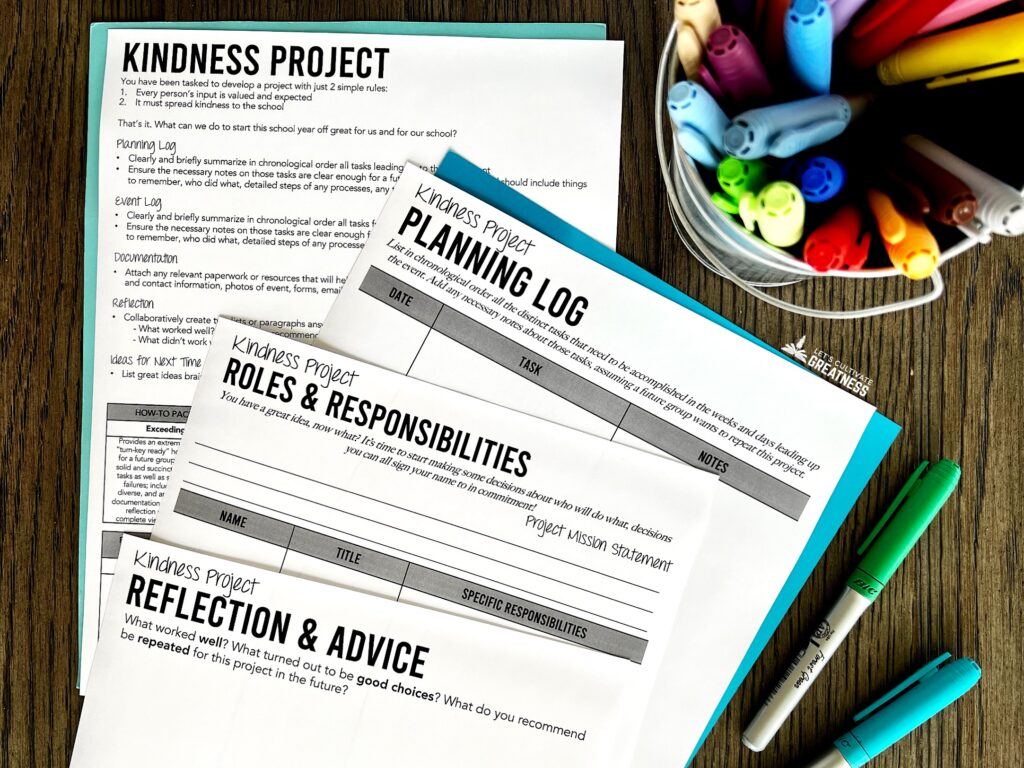
They can do anything from hosting a friendly lunchtime activity to creating individual locker posters for every student. Really, they’re limited only by their own imagination.
This project is the last step in being ready before heading straight into the craziness of fall events.
I hope these ideas help you kick-start a great year in your Leadership or Student Council program!
Get all these activities as print-and-go leadership lessons in my Introduction to Leadership unit, which has over 20 lessons and the culminating Kindness Project. With enough to pick and choose from, you’ll be able to customize your first few weeks to what your student leaders need most!
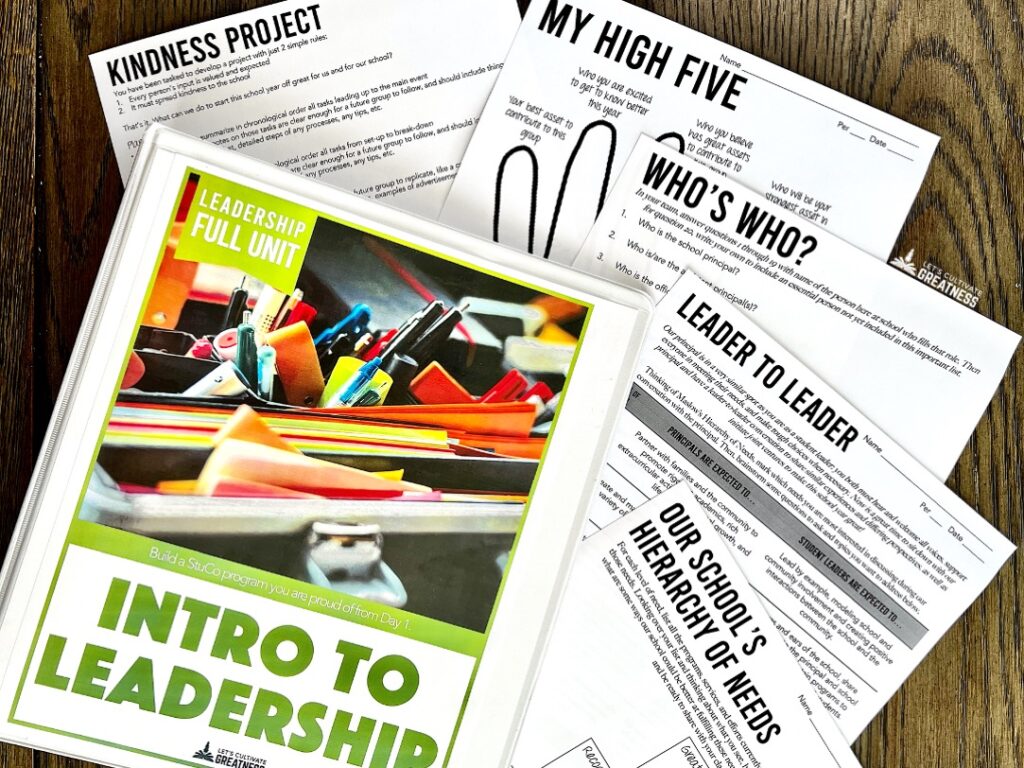
Feature image photo credit: Edvin Johansson


